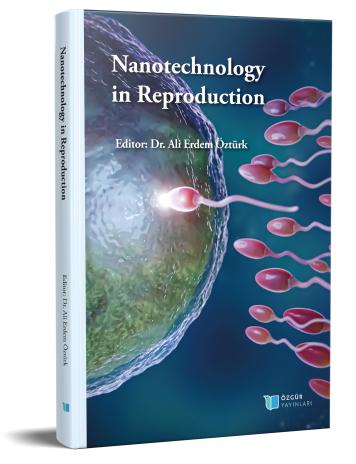
Nanotechnology in the Purification of Semen
Chapter from the book:
Öztürk,
A.
E.
(ed.)
2023.
Nanotechnology in Reproduction.
Synopsis
Animals' reduced fertility poses a serious threat to animal reproduction. A number of factors have been demonstrated to reduce semen quality, including age, health, heredity, nutritional condition, seasonal variance, travel stress, artificial insemination (AI), and rising breeding demand. The properties and functioning of semen are altered by the in vitro environment and changes in semen after collection that occur during artificial insemination. Successful artificial insemination may also be achieved via the use of sperm selection and purification techniques. Invasive labeling and/or centrifugation processes are often used in current sperm manipulation approaches, which may be harmful to sperm and/or result in poor recovery rates. The biochemical properties and DNA status of the sperm are often disregarded in favor of selecting for physically normal and motile sperm. It is critical to develop alternative, noninvasive, label-free sperm selection methods to separate sperm based on biochemical features and DNA status. Magnetic nanoparticles provide intriguing new research opportunities for sperm selection. This book explains how sperm may be tagged and cleaned up with the use of nanotechnology, which has become more important in this area in recent years. This book analyzes the recent impact of nanotechnology on sperm labeling, selection, and purification techniques, both existing and planned.

